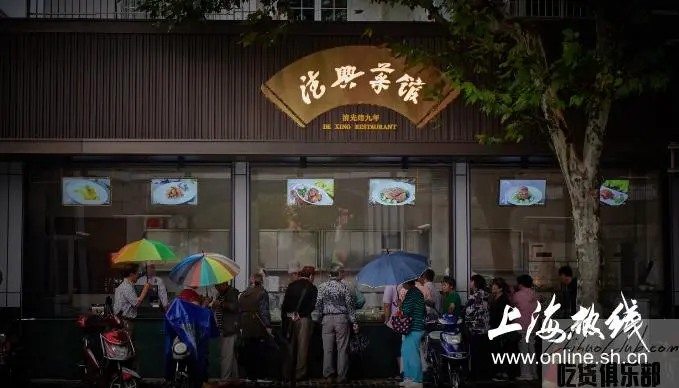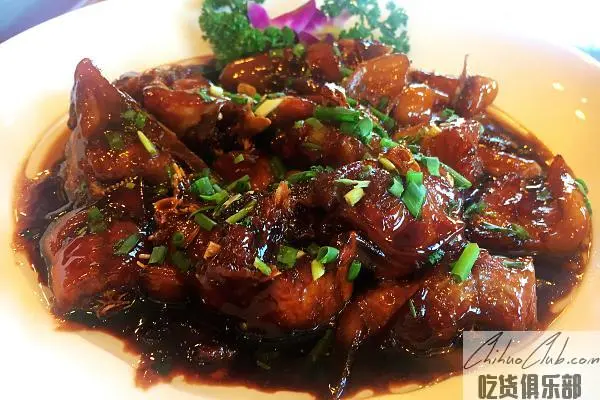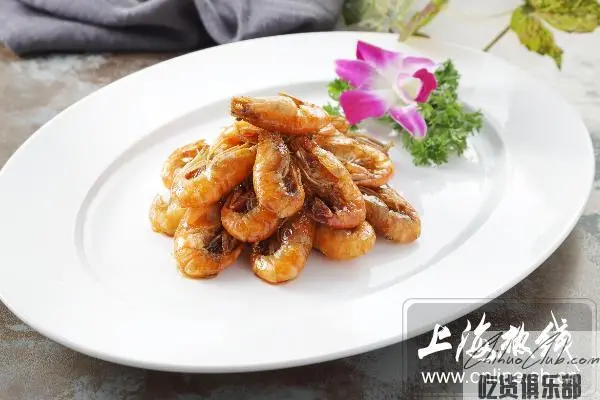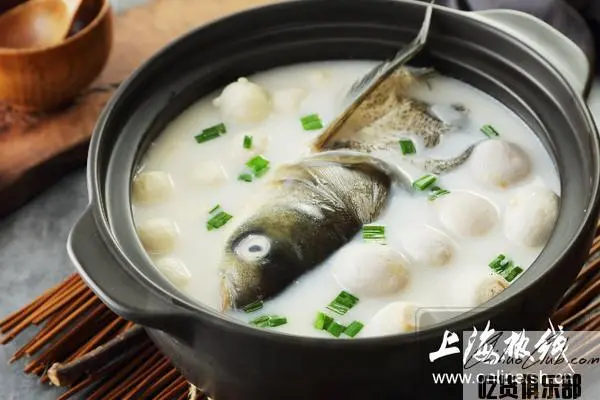
Dexing Restaurant
-
Updat date::
-
addressEn:
-
Phone:
Founded in 1883, the old "Dexing Museum" was officially renamed, called "Dexing restaurant" was. Dexing Museum Chong Qing Guangxu nine years (1883), is the birthplace of Shanghai local cuisine. With "Ganso this help" and "eat local cuisine, choice Dexing Museum" in the world. Dexing Museum management for the general public, reasonably priced, and always adhere to the unique authentic flavor of this help, and innovation in the traditional basis, we developed a number of trendy signature dishes and signature snacks. Signature dishes include shrimp big black participation seeds, braised back to fish, fried shrimp, fried crab claws, slippery meat, white zenith soup, peanut butter cakes, Dexing pull cake.
There are two Dexing Pavilions in Shanghai, and foreigners are easily confused. A Dexing restaurant opened in 1883. It is a wine and a la carte restaurant. Mei Lanfang, Du Yuesheng and other celebrities always visit his old shop in Shiliupu Wharf. The ginseng, herring bald lung, grass head circle, and bad bowl head are extremely wonderful;
In fact, speaking of the history of Dexing Restaurant, it is inseparable from the 16th shop of Shanghai Old Town. In 1883, a small merchant opened a snack bar on the two-storey facade of the 16th shop, frequented by nearby dock workers. The rear storefront was given to a boss named Wan Yunsheng, who had a business idea and rebuilt the three-story restaurant on the original site, named "Dexing Pavilion", and divided the business types of the floors: Public dishes are served on the first floor, mid-range wine dishes on the second floor, and private rooms on the third floor, dedicated to receiving celebrities of the time. Since the Dexing Pavilion was located in the 16th shop at that time, backed by the old city box, it naturally created the idea of creating Shanghai's local characteristics.
At that time, the Dexing Pavilion was improved based on the essence of Shanghai ’s Pudong folk dishes, and most of the chefs were local Shanghainese. They had decades of culinary experience, especially roasting, stewing, frying, braising, and frying. The first selection of the dishes in Dexing Hall, such as: the chicken must be the yellow-mouthed yellow-footed Pudong Wanxiang chicken, the shrimp seeds must be purchased from the shrimp production area in northern Jiangsu and returned to be processed. Qing et al.
As a result, Dexing Pavilion gradually developed rigorous selection of materials, different seasons, emphasis on the characteristics of soup dishes and fresh flavors, and created dozens of famous dishes that have been handed down to this day: herring bald lungs, sirloin dumping, water deduction three Silk, as well as shrimp and big black ginseng once known as "the first ginseng in the world", became popular in Shanghai, becoming the representative of the local cuisine. At that time, many people in Shanghai's literary and artistic circles such as Zhou Xuan, Zhao Dan, Zhou Xinfang, Yu Zhenfei, Tong Zhiling, and Poplar were all regular visitors of the Dexing Pavilion.
In 1958, Dexing Pavilion moved from Zhenru Road to No. 29 Dongmen Road. Masters such as Yang Hesheng, a famous Shanghai restaurant catering teacher, carefully kept the local specialty dishes in the store and continuously improved it, attracting a large number of new and old customers to come to patronize. The second generation of famous teachers such as Li Herong and Shen Lairong, the descendants of Hou Yang Hesheng, carried out positioning adjustments with the times while inheriting the essence of the local dishes, so that the Dexing Pavilion absorbed many Chinese and foreign cooking techniques on the basis of inheriting traditions. The essence of the food has created ten popular dishes, including leeks, sautéed eel paste, braised fish, grass head circle, white cut meat, Chinese cabbage and oil hooves, and has become a representative of this group of cuisines.
It ’s no wonder that in the article “Eating and Watching in Mainland China” published in the American “Washington Post” at that time, we talked about the Shanghai Dexing Pavilion like this: “We have been to Beijing, Tianjin, Guangzhou and other places in mainland China. The hotel has eaten many Chinese dishes, only the dishes of Shanghai Dexing Pavilion have good taste and endless aftertaste ... "
Of course, after the name change and upgrade, the Dexing restaurant that is good at cooking local dishes will remain the same, which is the classic taste of the local dishes. The classic Shanghai cuisine is still classic! For example, the large black ginseng shrimp, which was once known as "the world's first ginseng", has been well-known in Shanghai since its creation in the 1930s by its in-house chefs, and has a long-lasting Favored by diners.
The special oil-fired river prawns, also known as "Chinese famous dishes", only use about 80 fresh live shrimps. After the shrimps are exploded with rapeseed oil, the shells are red and crispy, and the shrimps are kept fresh and tender. It is sweet. Whole shrimps including shrimp shells are eaten together. This is the classic way of eating this famous dish.
At the same time, Dexing Restaurant's tradition of attaching importance to soup dishes was also restored after the brand upgrade, in this way reproducing the unique “old and early taste” of Shanghai. The typical representative is this three-headed casserole. According to legend, Shanghai tycoons often used the “Taoyuan Sanjieyi” during the banquet of the Dexing restaurant in the old Shanghai period. Yuan and taro make the richness of the ingredients and the deliciousness of the soup even higher, thus creating a classic dish that is very popular.
Dexing Restaurant most popular dishes

Braised Longsnout catfish
-
Update Date:

Stir-Fried Shrimps
-
Update Date:

Braised Fish Head in Casserole
-
Update Date: